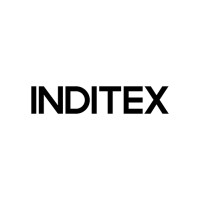
GPA
We are one of the largest food retail companies in Brazil. We were pioneers with a multi-format and multi-channel business model that brings together renowned chains and brands such as Pão de Açúcar and Extra, Minuto Pão de Açúcar, Pão de Açúcar Fresh and Mini Extra. In addition to our own and exclusive brands Qualitá, Taeq and Club des Sommeliers. We have more than 765 physical stores and are leaders in food e-commerce in Brazil, working tirelessly to be the best choice for our customers and the pride of our team. We are driven by a passion to serve and win. Our people are committed to our values to offer the best shopping experience in our stores. In all areas, regardless of role or position, everyone is focused on serving and delighting our customers every day.






